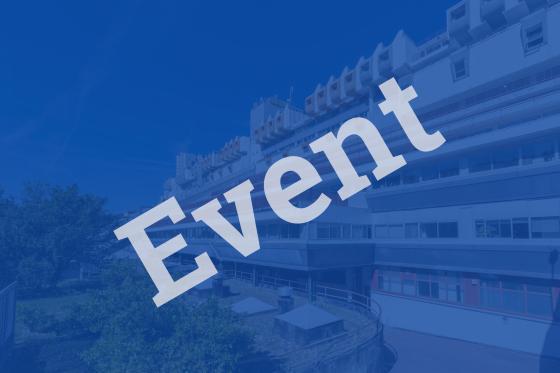-
-
Dipartimento di Fisica - Aula 500
-
Seminario
Relatori
Dettagli
Unlike the widely studied ReFeAsO series, the newly discovered iron-based superconductor ThFeAsN [1] exhibits a remarkably high Tc of 30 K without chemical doping or external pressure. Formally similar to the well-known LaFeAsO, the new material is expected to show a stripe anti-ferromagnetic order. Yet, contrary to DFT calculations, we did not detect traces of magnetic order in ThFeAsN. More intriguingly, it is not clear why it is a superconductor, even without formal doping. To understand the puzzling behaviour of ThFeAsN, we investigated its magnetic and superconducting properties by means of muon-spin rotation/relaxation (µSR) and nuclear magnetic resonance (NMR) techniques, both at ambient- and high pressure [2, 3]. At low temperatures, transverse-field µSR measurements indicate a superconducting state compatible with a two-gap s-wave model, in turn consistent with NMR spin-lattice relaxation data. In contrast to the ReFeAsO series of superconductors, where the stoichiometric parent material orders anti-ferromagnetically and superconductivity appears only upon AF suppression via doping, in ThFeAsN, zero-field µSR and NMR spin-lattice relaxation reveal strong magnetic fluctuations, suppressed below T* ~ 35 K (slightly above Tc), but no magnetic order. This key feature implies a sizable renormalization of the electronic structure in ThFeAsN.
The direct competition between antiferromagnetism and superconductivity, which in ThFeAsN (as in LiFeAs) occurs already at zero doping, suggests a significant deviation of the s-wave supercon-ducting gap in this compound from the standard s± scenario. As such, ThFeAsN offers the unique opportunity to study the peculiarities of unconventional superconductivity in the correlated iron-based superconductors. We conclude by comparing the role of charge doping vs. structural distortions in inducing superconductivity in IBS compounds and argue why the “structural route” to superconductivity is so unusual.


